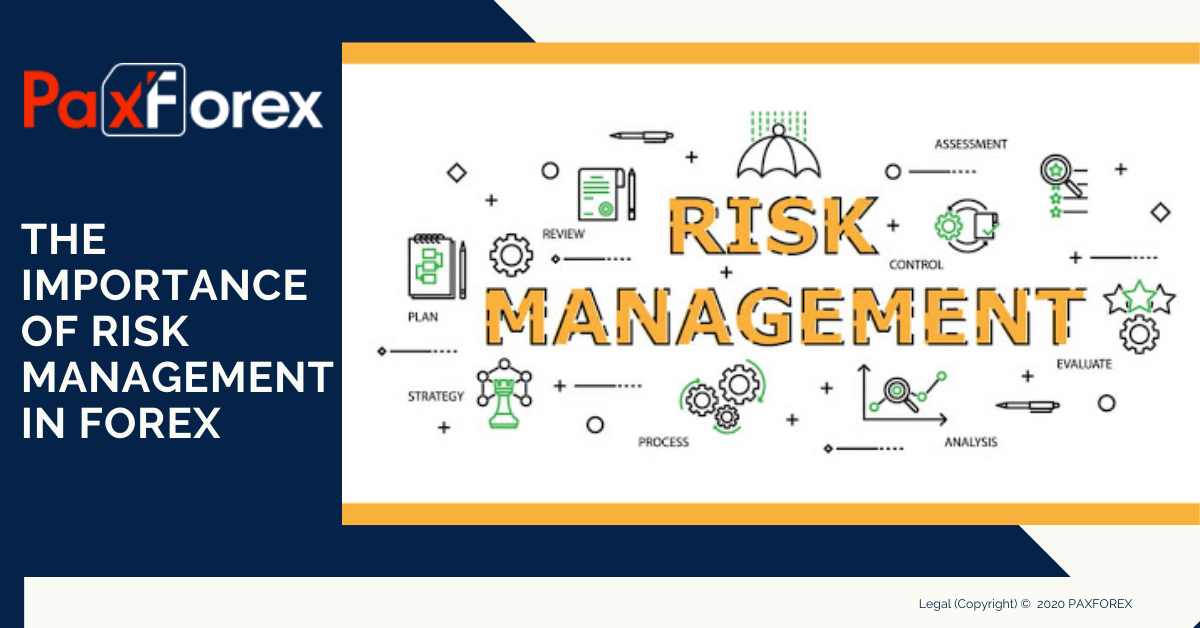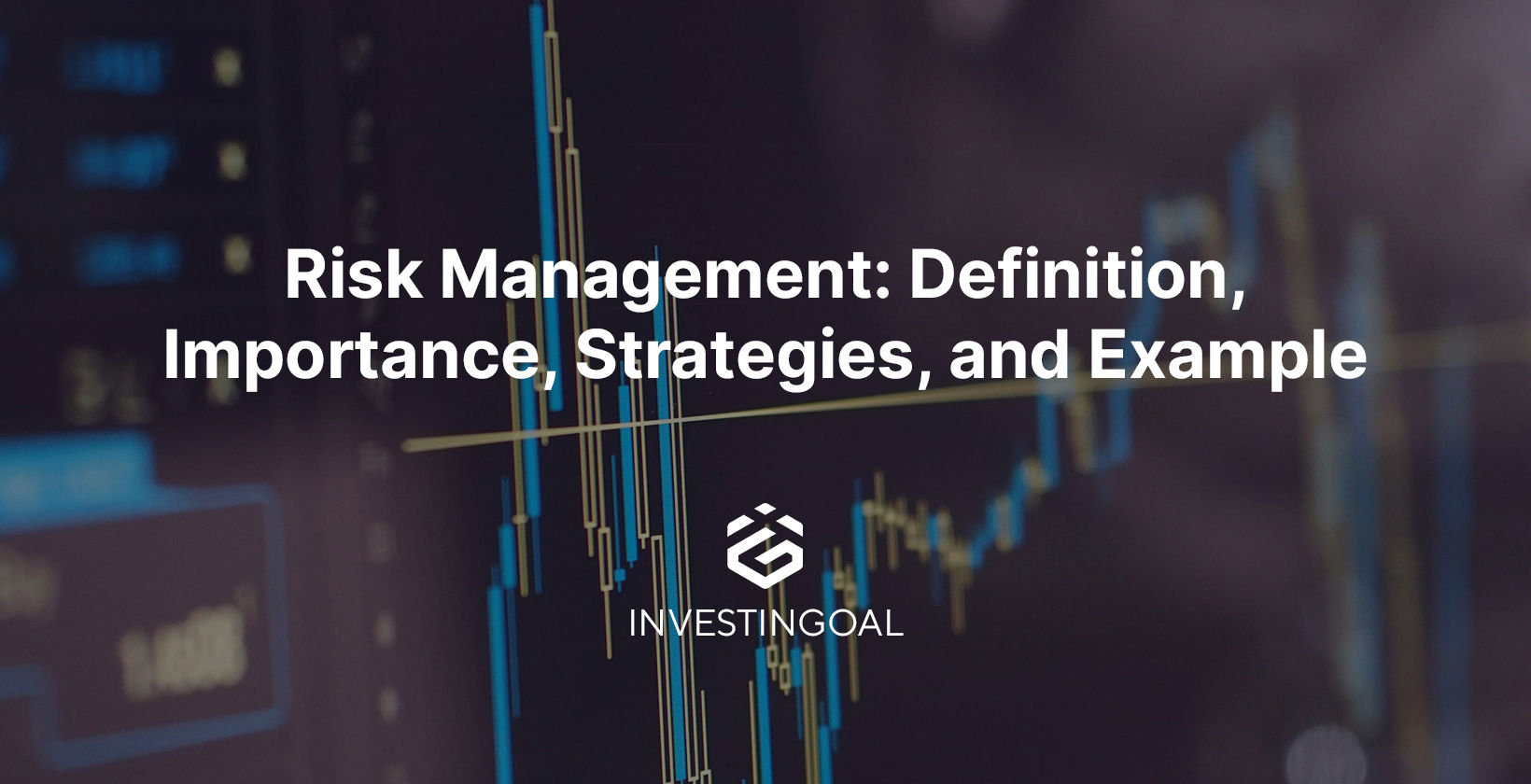Enhancing Operational Efficiency Through the Importance of Risk Management
Enhancing Operational Efficiency Through the Importance of Risk Management
Blog Article
Checking out the Importance of Risk Management for Effective Decision-Making Approaches
In the intricate world of company, Risk Management becomes an important variable in the decision-making procedure. The ability to identify prospective threats and possibilities, and strategize accordingly, can mean the difference between success and failing. With devices such as SWOT and PESTEL, companies are outfitted to make enlightened choices, promoting resilience and versatility in an ever-changing atmosphere. Wondering just how this works? Let's unbox the characteristics better.
Understanding the Idea of Risk Management
Risk Management, a crucial part in decision-making, is usually misunderstood or oversimplified. Risk Management involves regimented and structured methods, using information and informative assessments. From economic unpredictabilities, lawful obligations, tactical Management mistakes, to mishaps and natural catastrophes, it addresses numerous threats - importance of risk management.
The Duty of Risk Management in Decision-Making Processes
In the world of tactical preparation and business operations, Risk Management plays an indispensable function in decision-making procedures. Risk Management therefore comes to be an essential device in decision-making, helping leaders to make educated selections based on an extensive understanding of the risks involved. Risk Management serves as an essential part in the decision-making procedures of any kind of organization.

Exactly How Risk Management Improves Strategic Planning
In the context of calculated preparation, Risk Management plays a critical function. Initiating with the identification of prospective risks, it better includes the application of Risk mitigation procedures. The function of Risk Management is not static but dynamic, as it demands continuous surveillance and adjusting of strategies.
Identifying Potential Threats

Implementing Risk Mitigation
Having actually developed the value of identifying prospective threats, the next step is to explore Risk reduction. This process includes creating and executing approaches to take care of determined dangers successfully. It is an essential facet of critical preparation as it enhances decision-making by decreasing prospective negative end results. Risk mitigation techniques can vary from Risk avoidance, Risk transfer, to take the chance of decrease. Each method needs this page to be customized to the specific Risk, considering its possible influence and the company's Risk tolerance. Reliable Risk reduction calls for a deep understanding of the Risk landscape and the prospective impact of each Risk. This understanding enables companies to focus on threats and assign sources properly, ensuring that the most substantial hazards are resolved initially.
Surveillance and Readjusting Methods
Though Risk mitigation is an important action in tactical planning, continuous tracking and adjustment of these methods is just as essential. It additionally supplies a chance to assess the success of the Risk Management actions, enabling modifications to be made where essential, further boosting tactical preparation. Monitoring and readjusting Risk Management strategies is a crucial component for enhancing an organization's durability and strategic planning.
Situation Researches: Effective Risk Management and Decision-Making
In the globe of service and financing, successful Risk Management and decision-making often offer as the columns of flourishing enterprises. These instances highlight the worth of astute Risk Management in decision-making procedures. These instances underscore the critical role of Risk Management in critical decision-making.
Tools and Strategies for Efficient Risk Management
Browsing the complex labyrinth of Risk Management requires the appropriate collection of strategies and tools. These tools, such as Risk signs up and warm maps, aid in identifying and assessing potential dangers. Strategies consist of both quantitative approaches, like sensitivity evaluation, and qualitative methods, such as SWOT analysis. These help in focusing on threats based upon their possible influence and likelihood. Risk action methods, a key Continued element of Risk Management, include approving, preventing, moving, or mitigating risks. Monitoring and regulating threats, with regular audits and reviews, make sure that the methods remain efficient. With these devices and techniques, decision-makers can navigate the complex landscape of Risk Management, thereby promoting educated and reliable decision-making.
Future Fads in Risk Management and Decision-Making Methods
As we check out the huge landscape of Risk Management, it ends up being noticeable that the strategies and tools utilized today will continue to develop. Future trends aim towards an increased dependence on technology, with synthetic intelligence and machine knowing playing substantial duties. These technologies will enable organizations to anticipate possible risks with greater accuracy and make even more enlightened choices. In addition, there will certainly be an expanding focus on resilience, not just in managing risks however also in getting better from unfavorable scenarios. Last but not least, the idea of Risk culture, where every member of an organization understands and entailed in Risk Management, will gain much more importance. These fads herald a more inclusive and visit this site right here positive approach towards Risk Management and decision-making.
Final thought

Risk Management hence comes to be an essential device in decision-making, assisting leaders to make enlightened options based on a comprehensive understanding of the dangers included. Risk reduction techniques can range from Risk avoidance, Risk transfer, to take the chance of decrease (importance of risk management). Efficient Risk reduction needs a deep understanding of the Risk landscape and the potential effect of each Risk. Risk action methods, a vital part of Risk Management, include approving, avoiding, moving, or mitigating threats. The idea of Risk culture, where every participant of an organization is aware and included in Risk Management, will gain more prestige
Report this page